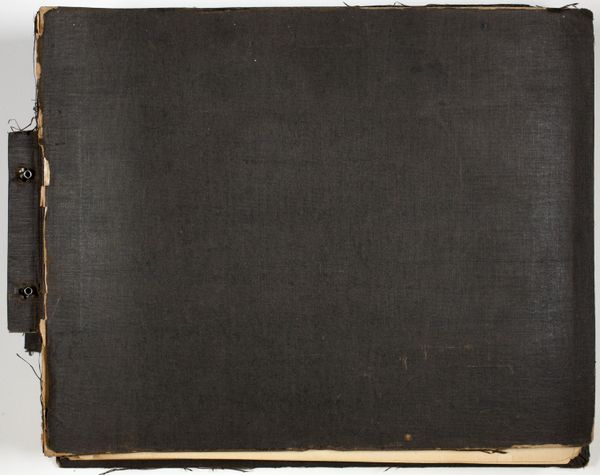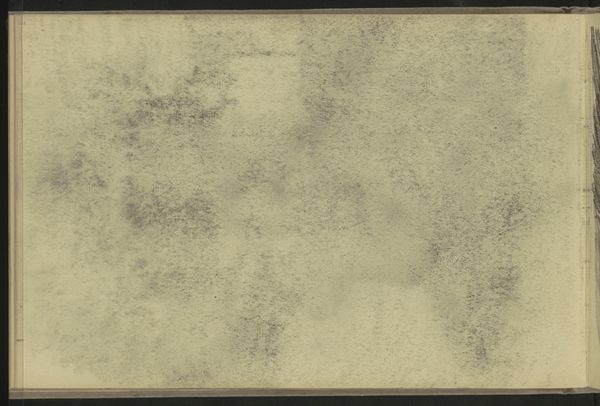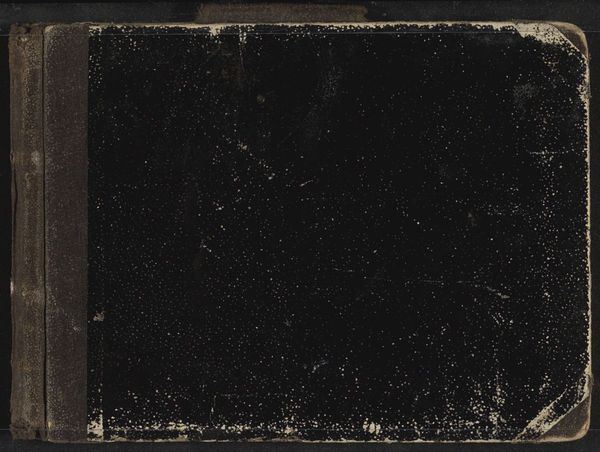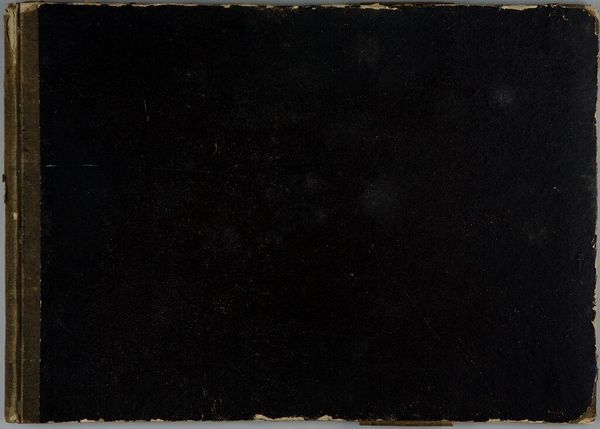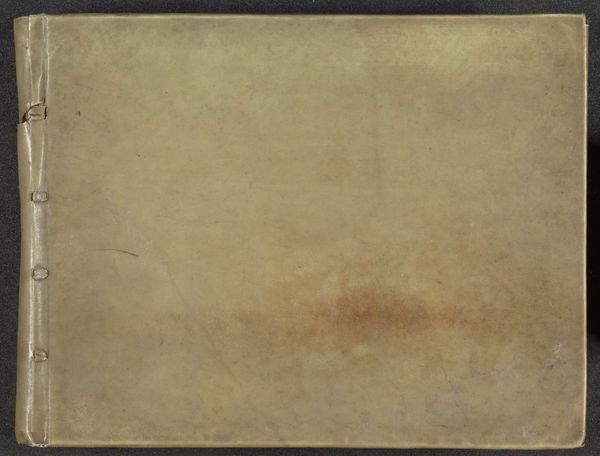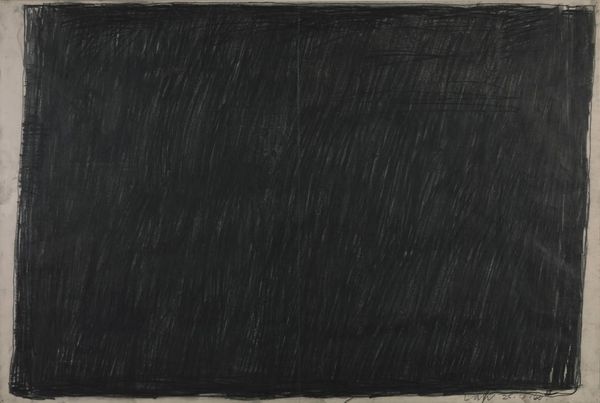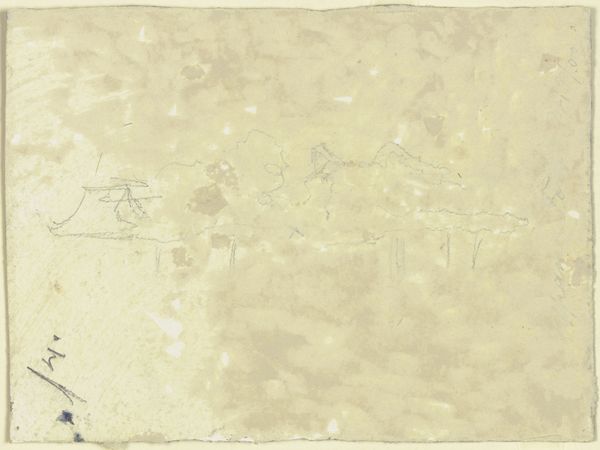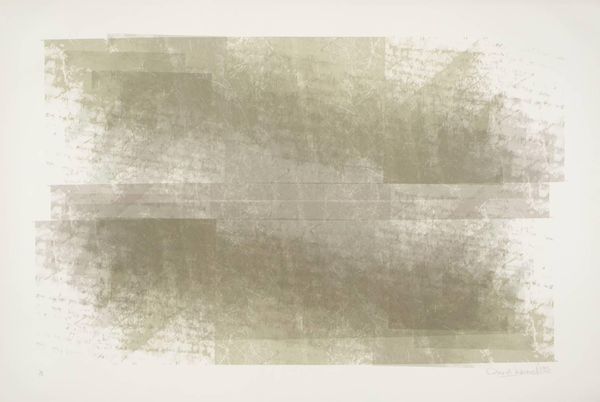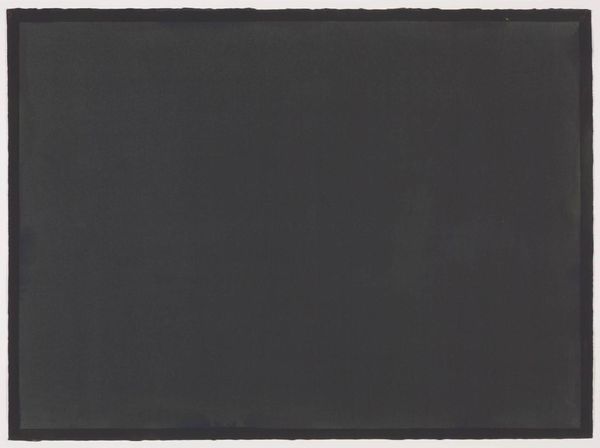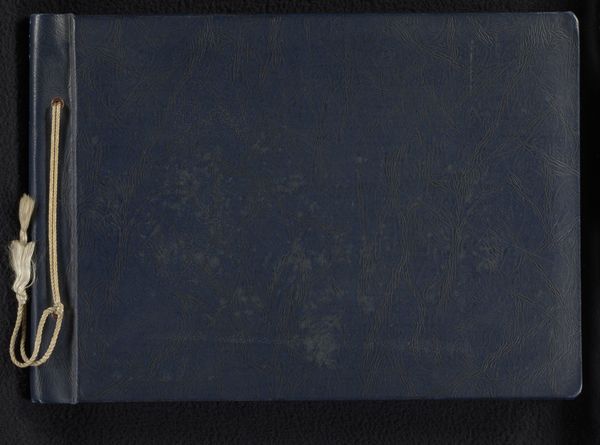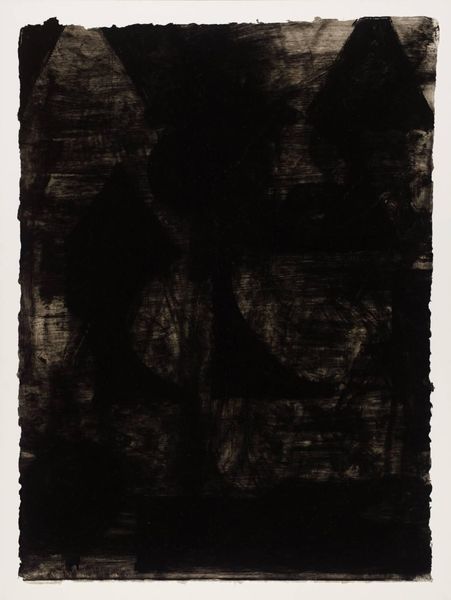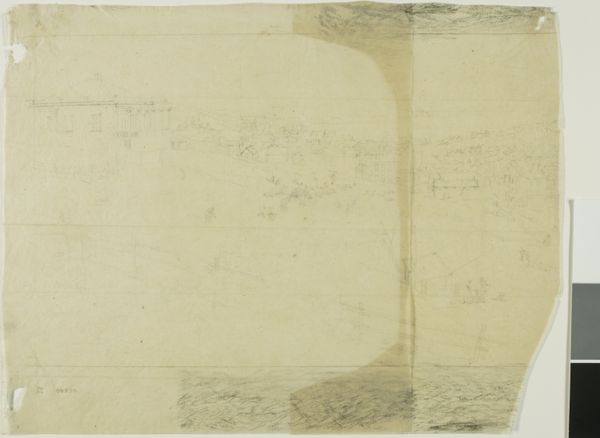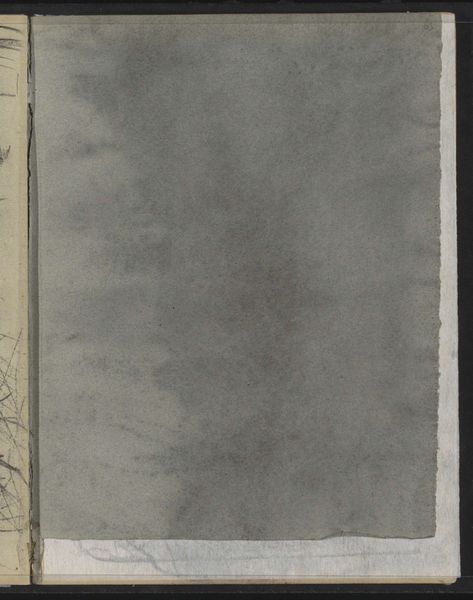
Windsor Castle From Across The River c. 1842 - 1846
0:00
0:00
Dimensions: 17.7 × 22 (image); 18.7 × 22 cm (paper); 30.4 × 30.6 (mount)
Copyright: Public Domain
Curator: The Art Institute of Chicago is home to this intriguing work, "Windsor Castle From Across The River," crafted around 1842-1846 by William Henry Fox Talbot. The piece employs early photographic methods on paper. What strikes you upon first viewing? Editor: The overall darkness. The values are compressed into near monochrome. I can barely discern the castle. It possesses an eerie quality, like a fading memory or a dream. Curator: Absolutely. Talbot's work is pivotal in the history of photography, reflecting a period where the process was deeply entwined with chemistry and experimentation. His calotype process made photography more accessible, moving away from the expensive daguerreotypes and implicating labor and new industries related to chemical production and distribution. Editor: Focusing on the purely visual elements, I'm interested in Talbot's manipulation of light and shadow. Notice how the reflected light on the river leads the eye, contrasting with the almost total absence of light in the sky above Windsor. This stark contrast contributes to the emotional gravity of the photograph. Curator: Precisely, it captures the monumental weight of the castle, playing a central role in English history and political power. Early photography such as this example from Talbot wasn't purely objective, as it represents new ways to portray English institutions as well as class and societal values. Editor: Beyond the immediate subject, there is something quite modern about this landscape. The limited tonal range, almost an abstraction of reality, feels surprisingly forward-looking. Consider how the overall flatness accentuates the subtle textural gradients created through chemical development. Curator: Indeed, Talbot’s methods highlight the industrial components integral to early photography while subtly reshaping how the English landscape could be disseminated, sold, and appreciated through photography, opening it up to different forms of consumption. Editor: Considering this photographic print as an art object, I appreciate how Talbot transforms documentation into an expressive and lasting testament to the sublime intersection of light, time, and place. Curator: Yes, this photo offers a rare view into both the formative stages of a revolutionary technology and its function as a cultural and economic instrument for a quickly changing Victorian England.
Comments
No comments
Be the first to comment and join the conversation on the ultimate creative platform.
